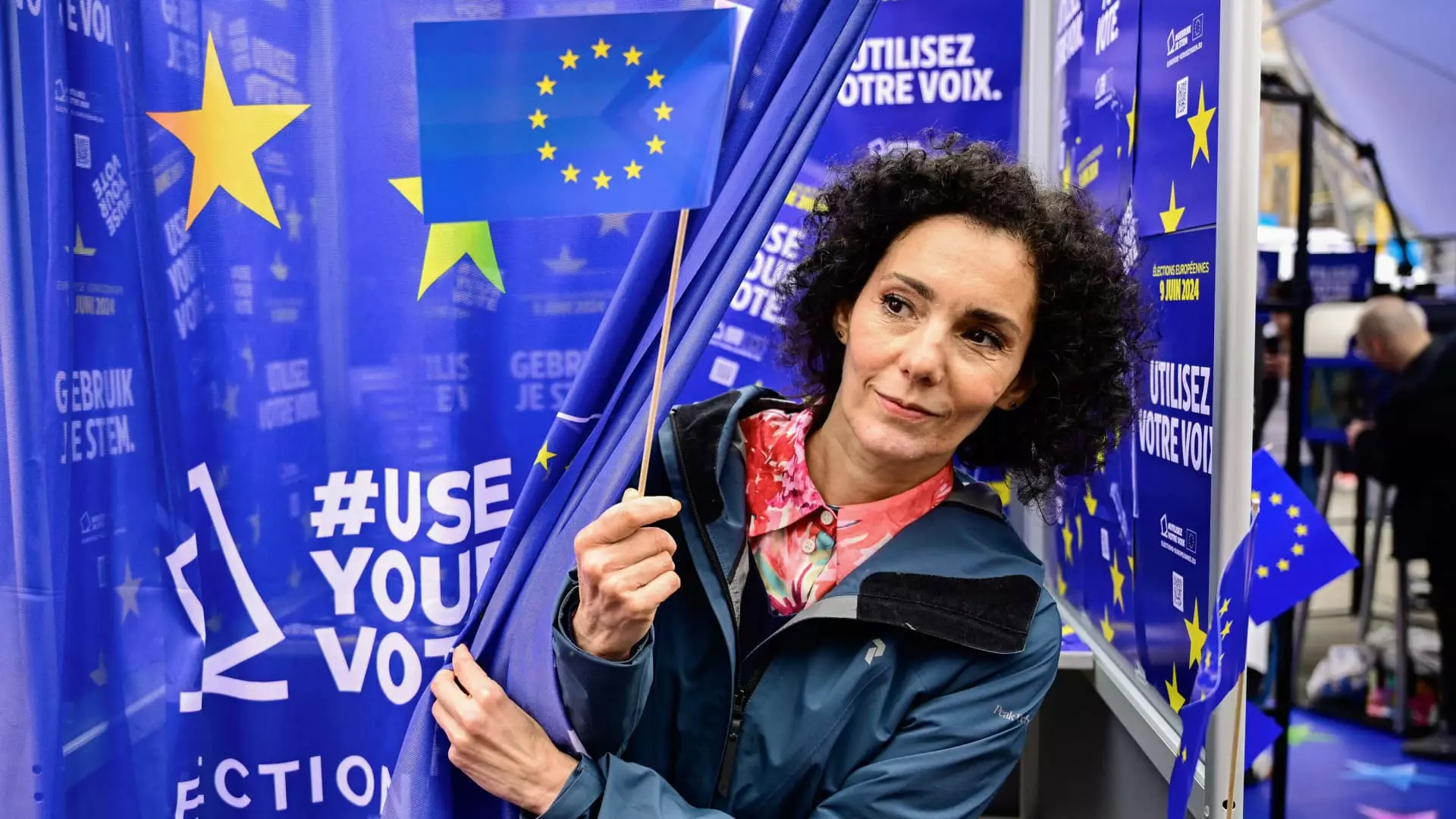In the upcoming European Union elections, analysts predict a shift towards more protectionist policies due to the growing support for far-right parties across the 27 member states. This shift is expected to lead to fewer climate targets and an increase in defense spending. The implications of this election outcome extend beyond the borders of Europe, impacting the global political landscape.
The EU’s reliance on the United States for defense has been called into question following the challenges faced during the previous administration. The EU officials welcomed the election of President Joe Biden, hoping for a new era in the transatlantic relationship after facing trade tariffs and disagreements over climate pledges with the Trump administration. However, the uncertainty remains as U.S. voters head to the polls, raising questions about the future of this crucial relationship.
EU’s Defense and Trade Policies
With concerns about the U.S. commitment to NATO and defense aid, the EU is expected to increase its defense spending and collaborate more closely on defense matters internally. Additionally, the European Commission is set to announce new tariffs on Chinese Electric Vehicles shortly after the election, highlighting the complex relationship between the EU and China. While recognizing Beijing as a strategic rival, the EU aims to balance cooperation on climate issues and geopolitical concerns.
Following the 2019 EU elections, the bloc positioned itself as a global leader in climate-friendly policies. However, the emergence of climate-skeptic politicians in Brussels may lead to a shift in these ambitions. Analysts predict a slowdown in environmental legislation and the potential watering down of existing agreements, such as phasing out conventional cars by 2035. The possibility of increased support for nuclear power and fracking for gas is also on the horizon.
Expansion of the EU
With Ukraine seeking EU membership in the aftermath of Russia’s invasion, the EU faces the challenge of accommodating new members and the potential shift in net contributions. The prospect of Ukraine joining the EU may necessitate changes in decision-making processes, moving towards qualified majority voting rather than unanimous consensus. The survey of European citizens indicated that economic stability, social justice, and job creation are key priorities for the future of Europe amid ongoing recovery efforts from a recent inflation crisis.
Structural Challenges Facing the EU
Goldman Sachs highlighted three structural issues facing the EU: a deteriorating demographic outlook, weak industrial investment compared to the United States, and low productivity growth. Addressing these challenges will be crucial for the EU’s long-term economic stability and political strength in a rapidly changing global landscape.

Leave a Reply